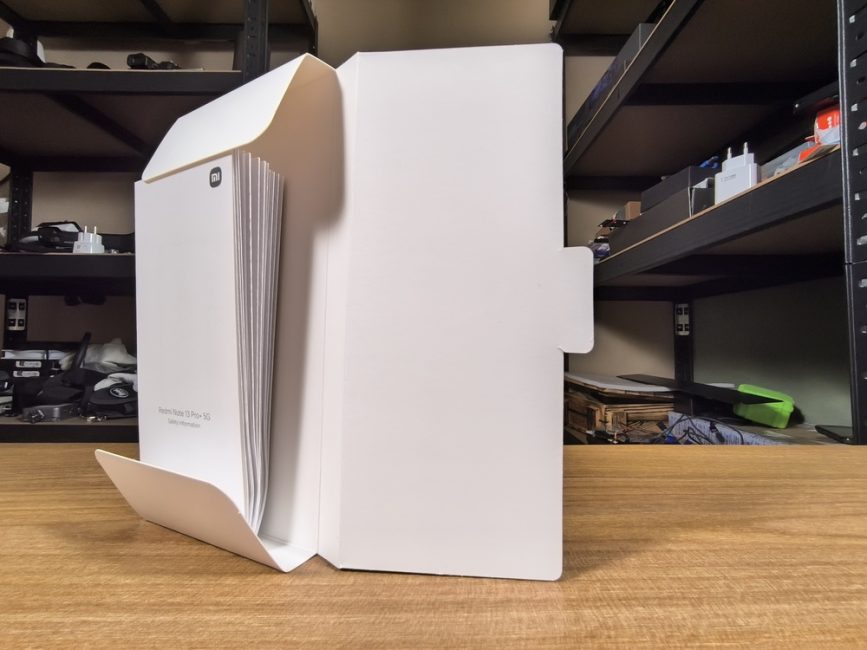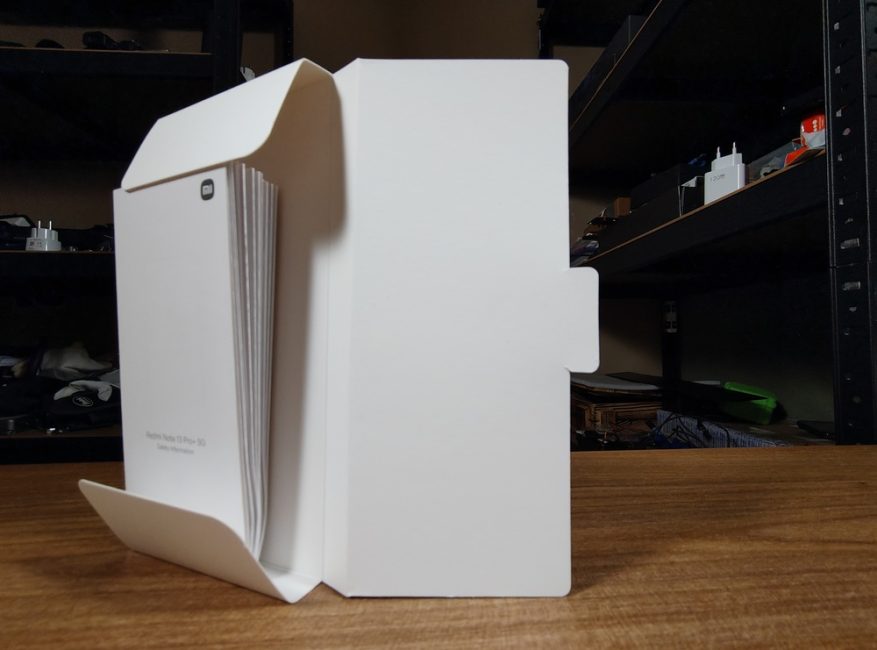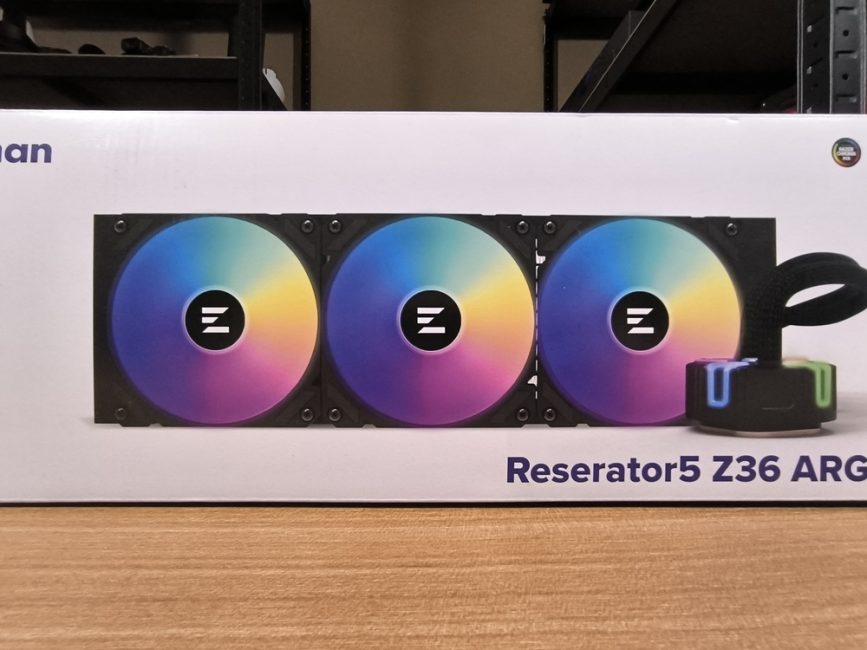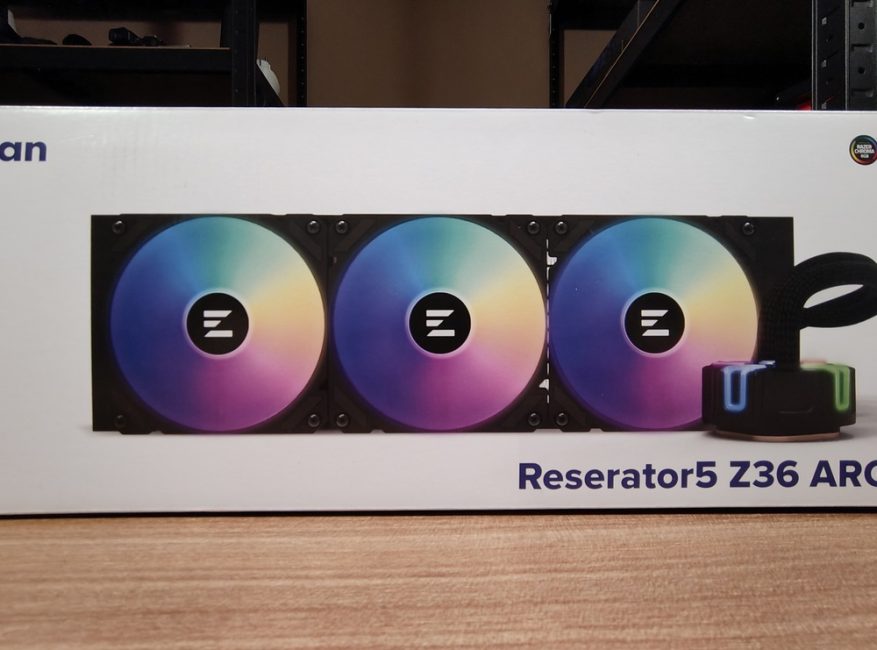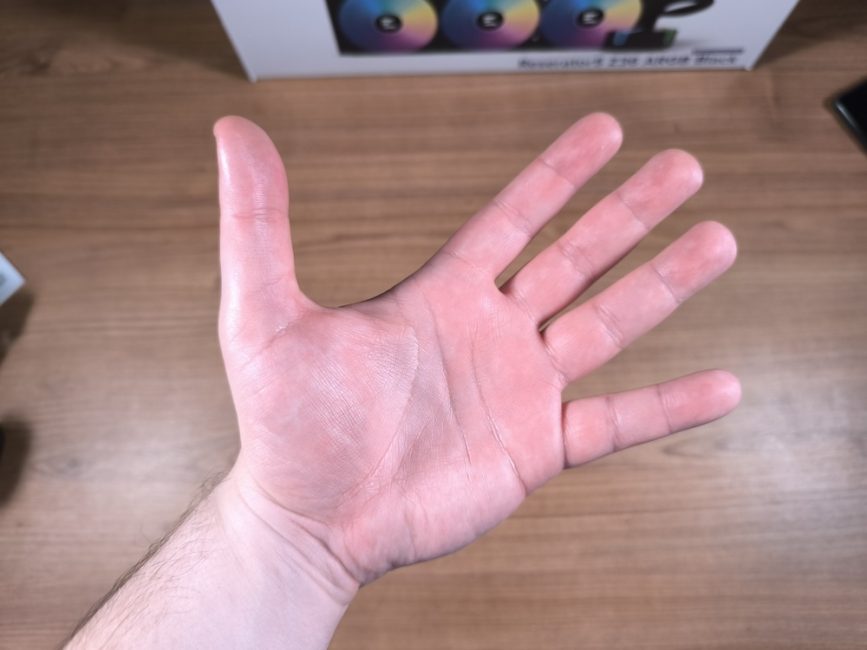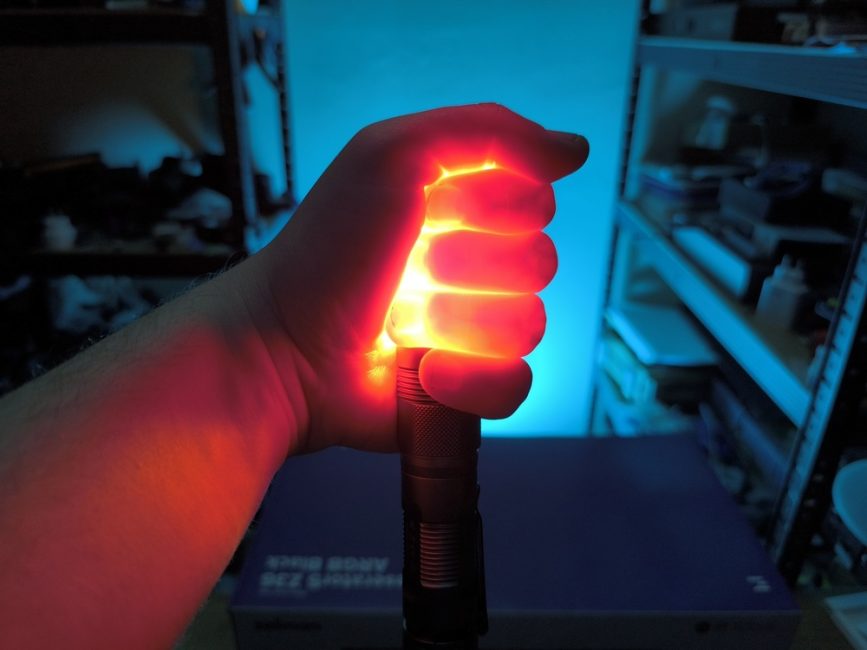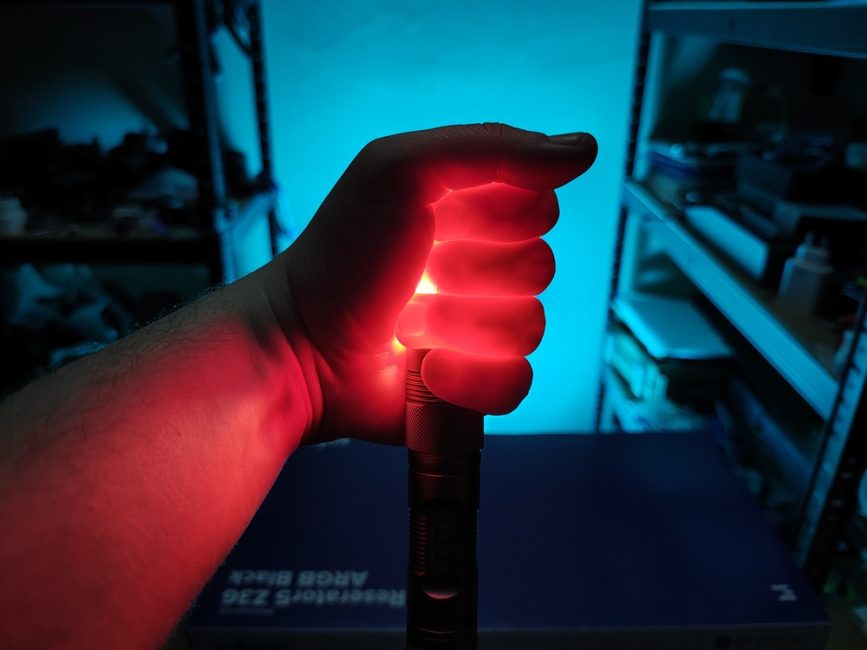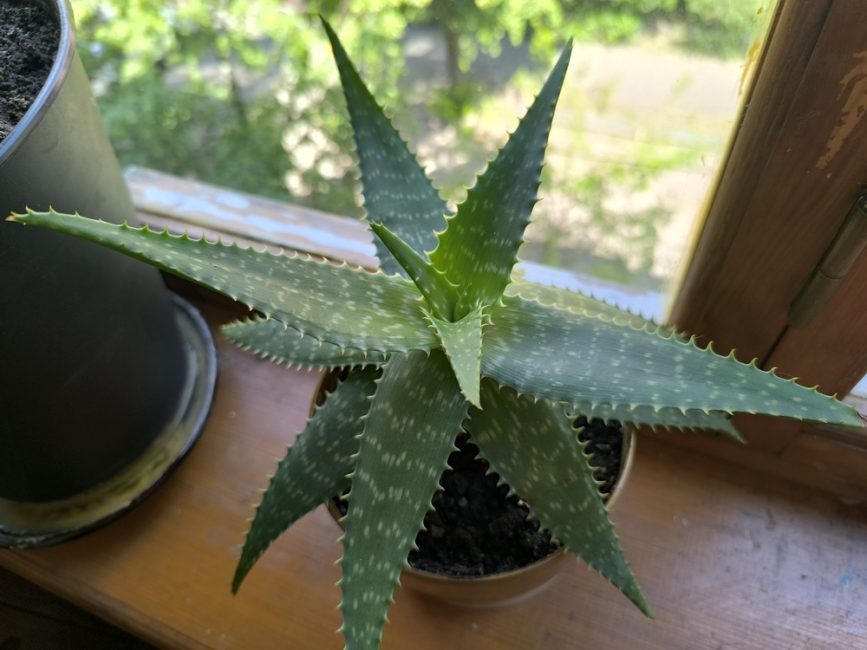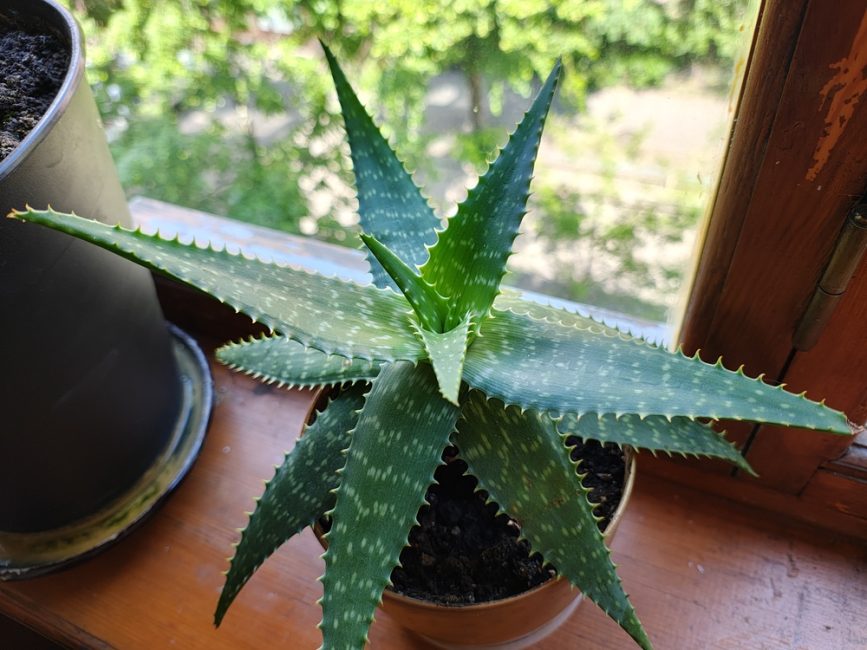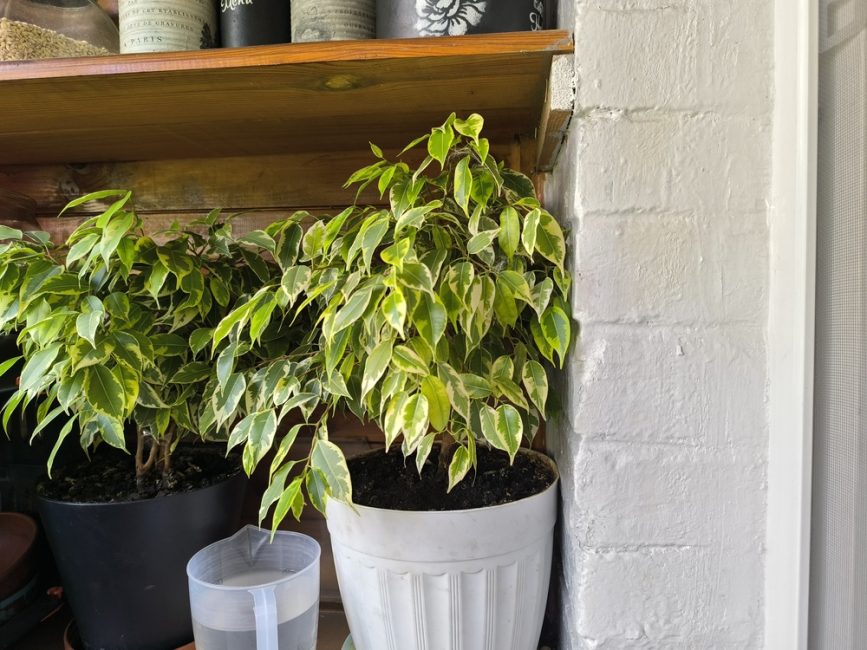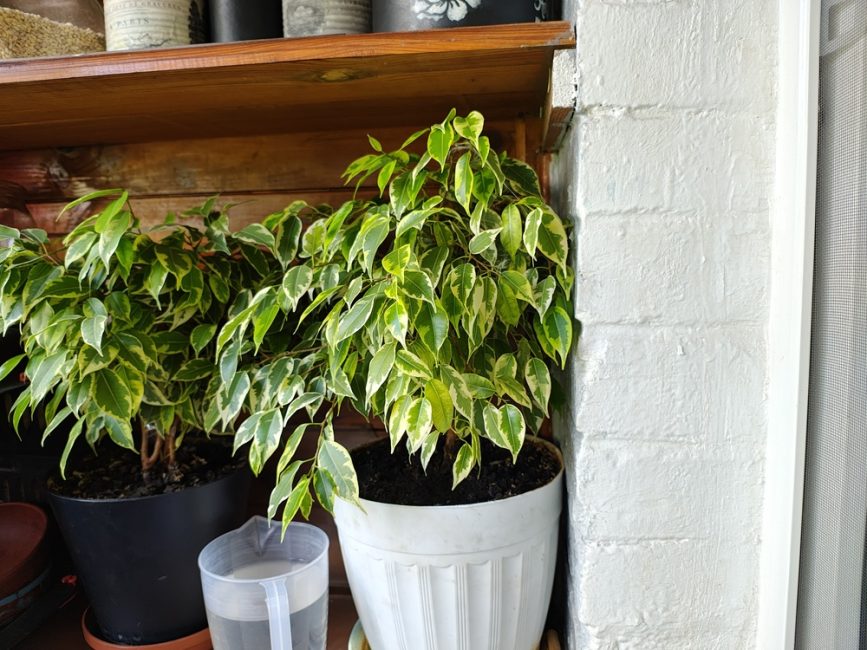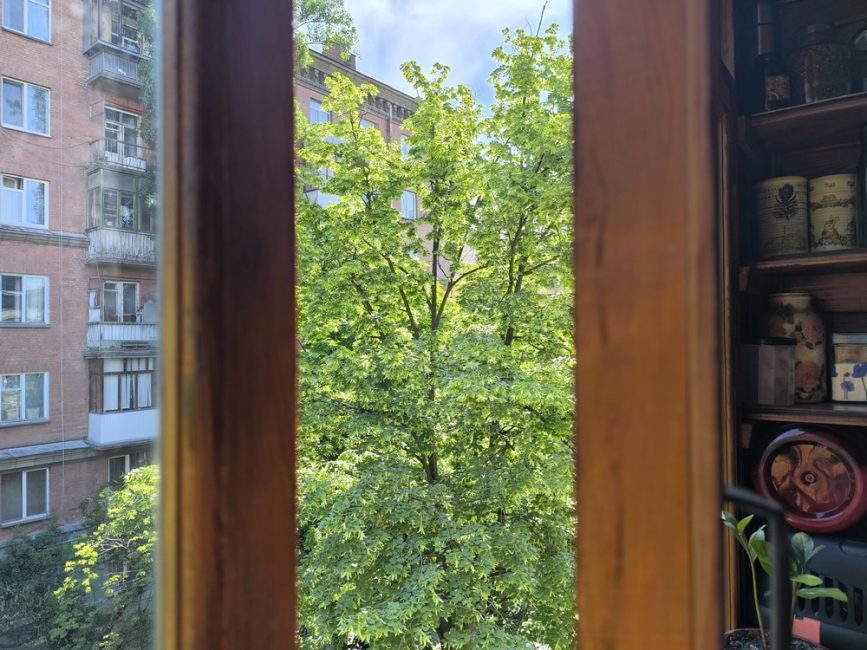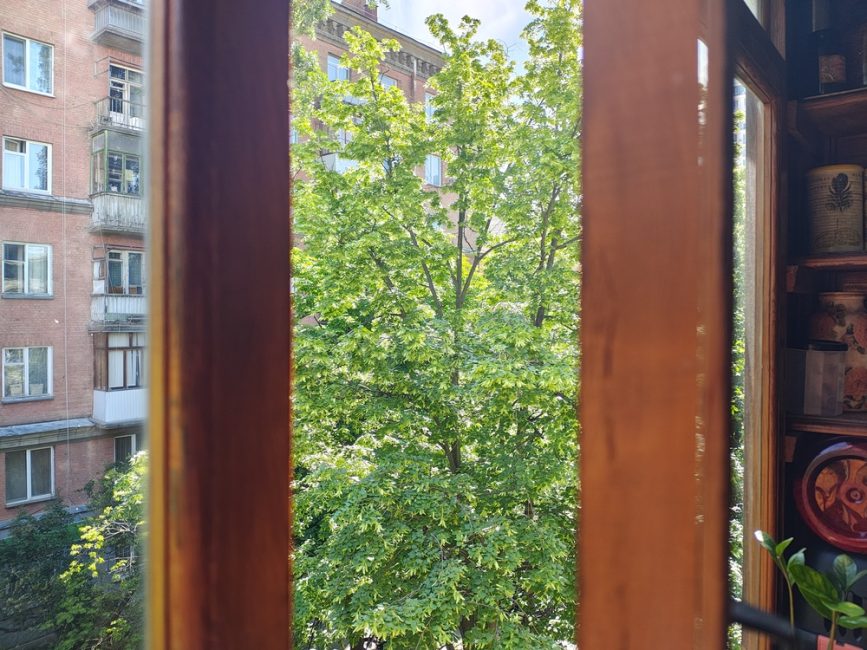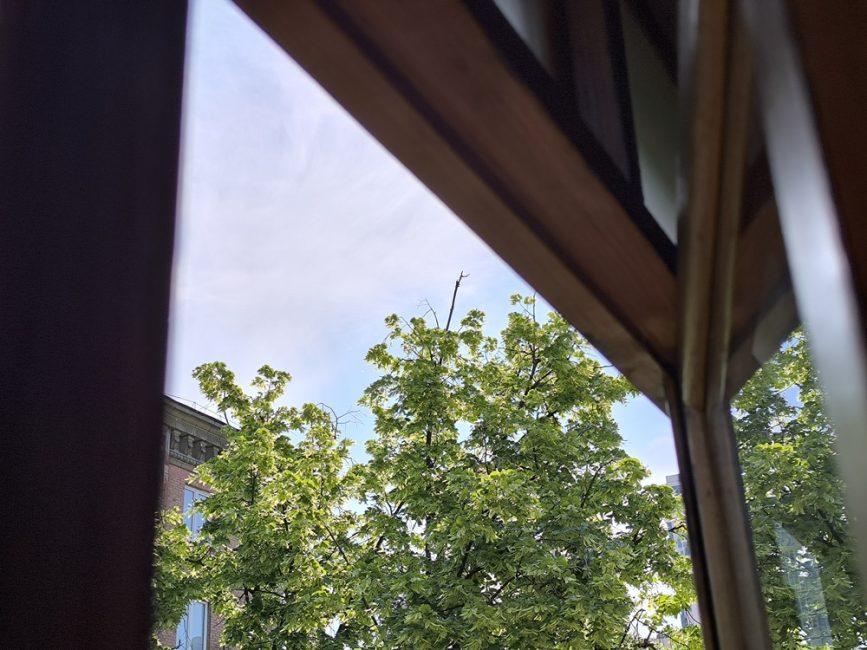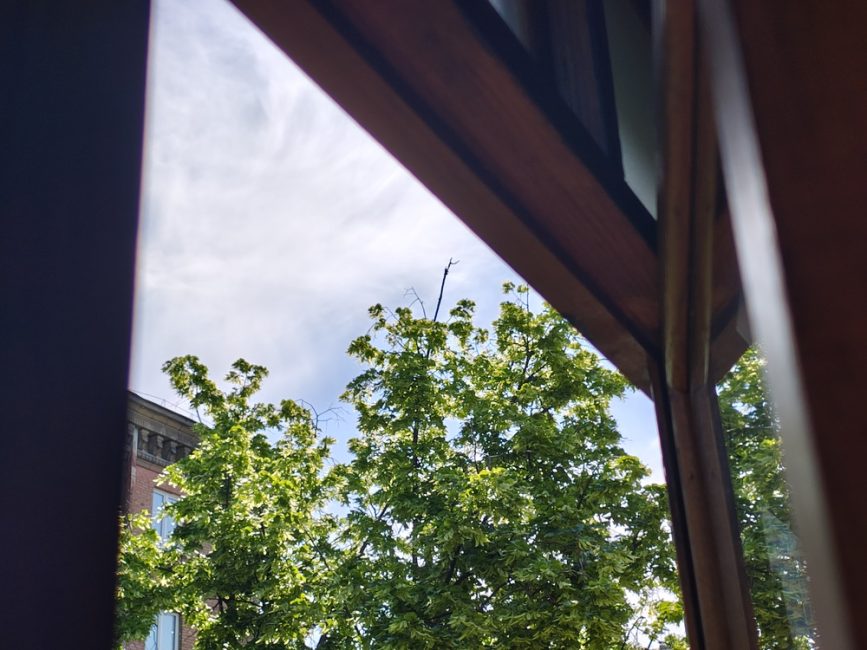Today, we have an epic showdown between two very worthy smartphones: the Motorola Edge 50 Pro and the Redmi Note 13 Pro+ 5G.
At some point, we’ve all had to choose a smartphone for ourselves or a family member. At first glance, they all seem similar—technical specs might look alike, but the devices are different. The agony of choice can sometimes be unbearable. Some people choose a smartphone based on technical specifications, others on appearance, some are loyal to a favorite brand, and others take the advice of a store consultant. But ultimately, it’s you who decides which smartphone will delight you with its performance or fantastic camera for a long time.

Today, I’ve decided to descend from the peaks of flagships to the mid-range segment. This is where the fiercest battles for the consumer take place, and this is where you’ll find a legion of avid enthusiasts who are sometimes the hardest to convince. So, today we have an interesting battle ahead: Motorola Edge 50 Pro vs. Redmi Note 13 Pro+ 5G. We’ll award 1 point for the victory in each category, and in the conclusion, we’ll tally up the points to determine the winner.
And as a bonus, here’s our video with impressions of both smartphones:
Read also: Motorola Edge 50 Pro Review: Best in Segment
Design
At first glance, most smartphones in this price category have a similar design. However, developers strive to prove that their design is the best and most modern. This also applies to the heroes of this article.

If you’re a fan of waterfall screens and muted tones in phone casing colors, then the Motorola Edge 50 Pro might be your hero. It features all these elements, and even has vegan leather on the back panel. However, this leather is available only in two color options – Black Beauty and Luxe Lavender. The third option, Moon Light Pearl, doesn’t have the leather but is handcrafted in Italy by Mazzucchelli. This back panel finish gives the smartphone an elegant and premium look. The phone feels comfortable in the hand, and its weight of 186g adds a pleasant heft. The rear camera bumps might slightly detract from the overall impression (not everyone likes these protrusions), but it’s not a major issue.

The design of the Redmi Note 13 Pro+ 5G is quite distinctive. On one hand, the smartphone is neat, streamlined, symmetrical, and minimalist, with a visually and tactilely pleasing matte glass back panel. However, the side frame detracts from this. It’s made of gray plastic, matte, and doesn’t resemble real metal at all. It looks simple and cheapens the overall build. If it had an aluminum frame, it would have been a perfectly finished product for its price. Additionally, the Redmi Note 13 Pro+ is not the largest smartphone in terms of size, but it is quite heavy. The relatively small device unexpectedly feels very heavy in hand, which is surprising. It weighs over 200g, raising the question of why. The battery, at least, is a standard 5000mAh.

I was struck by the camera design on the back panel. There are two large circles and one small one. The size of the large circles is not justified. Under the glass are standard lenses that could easily fit under much smaller coverings. Perhaps the developers thought this design looked more substantial, but then why only make two large if there are three cameras? This somewhat spoils the impression of the Redmi Note 13 Pro+ design.
As they say, tastes differ, but in terms of design, I would prefer the Motorola Edge 50 Pro, even though I’m not a fan of waterfall screens.
- Motorola Edge 50 Pro: +1
- Redmi Note 13 Pro +: 0
Read also: Redmi Note 13 Pro+ 5G Review: True Flagship
Displays
The display of a smartphone is also one of the most important factors when choosing a device. This is not surprising, as in our dynamic times, we demand maximum comfort from a smartphone screen when viewing content.
I really appreciate that in recent years, high-quality displays have also made their way into the mid-range segment. Nowadays, the screens of these smartphones often differ little from flagship models. This is truly a significant leap forward in the smartphone industry. The heroes of my comparison are a vivid confirmation of these words.

The Redmi Note 13 Pro+ 5G features a 6.67-inch AMOLED display with a resolution of 2712×1220. It’s not the largest by current standards, but it’s of high quality. It supports a 120 Hz refresh rate, Dolby Vision, and HDR10+ technologies. The peak brightness of the screen is 1800 nits.
On the other hand, the Motorola Edge 50 Pro boasts a POLED panel with impressive technical specifications: a resolution of 2712×1220, a 144 Hz refresh rate, and a peak brightness of 2000 nits. Both smartphones have very high pixel densities of around 446 ppi.
In reality, the competitors only differ in terms of refresh rate and peak brightness. However, both displays are sufficiently bright for comfortable reading outdoors, even on sunny days. The images are sharp, vibrant, and have high contrast. The color coverage meets 100% of the DCI-P3 standard. Solutions to reduce blue light levels and their impact on human circadian rhythms are also present.
However, the Always on Display mode is again restricted on the Redmi Note 13 Pro+ 5G. With AOD, there’s a nuance: information is displayed for only 10 seconds, after which the screen completely turns off. You then need to touch the screen to activate it again

A few words about the refresh rate. Yes, it varies, and the Edge 50 Pro is superior in this aspect, but many of you may not even notice this in real-life usage. Both contenders have high-quality, vibrant displays that excellently render content, operate smoothly, and without glitches. Therefore, they tie in this criterion, and the choice depends on your preferences.
- Motorola Edge 50 Pro: +1
- Redmi Note 13 Pro +: +1
Read also: Motorola Moto Buds+ TWS Review: High-Quality Hi-Res Audio and “Sound by Bose”
Performance
Most potential buyers always try to inquire about the processor that a smartphone is equipped with. They can be understood because the performance of the mobile device largely depends on the chip. Yes, it’s not just Qualcomm anymore that knows how to produce quality processors; competitors are also making every effort to catch up with them.
In terms of productivity, the Motorola smartphone appears more attractive than the Redmi Note 13 Pro+. The Edge 50 Pro runs on an octa-core Snapdragon 7 Gen 3 chipset manufactured using a 4-nanometer process. It features the Adreno 720 for graphics, one of Qualcomm’s latest mid-range chipsets. It boasts AI capabilities used to enhance photo quality, video stabilization, and create themes and wallpapers on the smartphone. When it comes to real-world performance, the phone demonstrates excellent results, showing no lags, stutters, or application crashes.

The processor is complemented by 8 or 12 GB of LPDDR4X RAM and 512 GB of UFS 2.2C storage, which is truly sufficient for effective operation. Thanks to this, the smartphone offers more than enough capabilities for gamers. The Motorola Edge 50 Pro handles most mobile games with ease. However, like most mobile devices, it can heat up significantly during extended sessions of demanding games like Call of Duty Mobile or Genshin Impact, leading to thermal throttling.

The Redmi Note 13 Pro+ is powered by the octa-core MediaTek Dimensity 7200 Ultra SoC with a Mali-G610 GPU. It comes with either 8 or 12 GB of LPDDR5 RAM and a choice of 256 GB or 512 GB of UFS 3.1 internal storage.

Overall, this level of performance is sufficient for smooth interface operation, a 120 Hz screen refresh rate, and reasonably smooth 4K video recording at 30 fps without visible flickering. It’s a solid, mid-range level. You can play all games adequately, though demanding ones won’t run at their highest settings. It’s important to note that the Xiaomi smartphone features an effective cooling system. It includes a nearly 4000 mm² vacuum chamber (VC) for heat dissipation and a graphite cooling zone covering 11000 mm². This means the processor experiences minimal throttling under load, and the device remains only slightly warm during heavy use.

When it comes to performance, it’s hard to say which one to prefer. For most users, the Snapdragon 7 Gen 3 might be the more attractive choice. However, the performance of both smartphones is indeed quite impressive.
- Motorola Edge 50 Pro: +1
- Redmi Note 13 Pro +: 0
Read also:
- Motorola Moto G Lineup Review: G14/24/24 Power/32/54/72/84
- Motorola Moto G24 Review: Stylish Budget Phone
Software
The Motorola Edge 50 Pro and Redmi Note 13 Pro+ 5G run on Android 14, offering users the latest features and security updates. However, the software and interface of these two smartphones differ significantly, catering to various user preferences.

When it comes to software, there are many differences typical of smartphones running on the Android OS. Each manufacturer strives to promote its own custom interface based on Google’s OS. Therefore, this is where comparisons between smartphones become most interesting, especially within this price category.
Yes, the Motorola Edge 50 Pro comes with the Hello UI interface based on Android 14, which differs from the familiar My UX beloved by fans. It’s much lighter and almost devoid of additional applications, except for Google’s apps. This means there won’t be any unnecessary programs, and the interface itself is mostly standard with some Motorola design elements. Fans of Motorola smartphones are accustomed to receiving certain additional features such as Moto Unplugged, Ready For, gestures, Smart Connect, custom fonts, colors, icons, and the Family Space. So, it’s not exactly a “pure” Android 14 experience, albeit with minimal Moto additions. Frankly speaking, you need to be a staunch Moto enthusiast to make full use of these features. However, gestures are universally appreciated. That’s the essence of such proprietary interfaces.

In this regard, the Redmi Note 13 Pro+ 5G stands out as an exemplary model. Out of the box, the device runs on Android 13 with the MIUI 14.0.1.0 interface. Although an update to Android 14 with the new HyperOS 14 interface is already available, it’s recommended to apply it after purchase. The interface itself has many positives: extensive gesture support and numerous added features. However, everything is overshadowed by intrusive ads that appear at every turn and seem to be increasing. Opening any utility, it’s difficult to distinguish between your files and advertisements. And this is despite paying for the device. Overall, the audacity with which Xiaomi pushes ads on their devices is frustrating and diminishes my desire to use such mobile technology. Yet, when speaking with Redmi smartphone owners, they seem content with it. Therefore, the choice is yours. Another nuance is that some MIUI enthusiasts have somewhat negatively received the new HyperOS 14, particularly due to its raw and slow animations and insufficiently developed options in certain menu points.
- Motorola Edge 50 Pro: +1
- Redmi Note 13 Pro +: 0
Read also:
- Motorola Ready For app review: Smartphone as a computer
- Review Motorola’s proprietary apps and features
Battery life
Writing about battery life is always challenging because it heavily depends on how you use your smartphone. However, I can confidently say that both devices will easily last a full day with normal usage, assuming you’re not constantly recording videos or playing mobile games.
The Motorola Edge 50 Pro may be a bit disappointing with a 4500 mAh battery, because the Redmi Note 13 Pro+ has a larger 5000 mAh battery. Is this a significant advantage? I don’t think so, because it’s not a very big difference. I’m sure that in practice they will show almost the same results, thanks to software optimization.

These days, fast charging support has become a trend, and both the Motorola Edge 50 Pro and Redmi Note 13 Pro+ are no exceptions. Both can boast powerful charging capabilities. The Motorola Edge 50 Pro comes with a 125W adapter, although it is only available with the top variant featuring 12GB of RAM. With this charger, the smartphone charges from 0 to 100% in just half an hour. The base model with 8GB of RAM, however, ships with a slower 68W power adapter, despite the capability for 125W charging. Additionally, the Motorola device features 50W wireless charging support, making it the first in this price segment to do so.
The Redmi Note 13 Pro+ also includes a powerful 120W power adapter. It charges the battery to 100% in approximately 25 minutes, with the battery reaching over 50% within the first 10 minutes. However, the Xiaomi smartphone does not support wireless charging.

As for me, in this category, there’s no clear winner because both smartphones have excellent batteries, great battery life, and support for fast charging standards. Perhaps the addition of wireless charging in the Motorola Edge 50 Pro could be seen as an advantage, but not a significant one.
- Motorola Edge 50 Pro: +1
- Redmi Note 13 Pro +: +1
Read also:
Cameras
Finally, let’s get to the most interesting part. The average consumer always considers camera capabilities when choosing a future smartphone, especially in this price segment. We all want to have good photos, great selfies, and nowadays, it’s not necessary to buy flagship devices for that. The heroes of my comparison prove this well. So, let’s delve into the technical specifications and camera capabilities of the Motorola Edge 50 Pro and Redmi Note 13 Pro+ 5G.

Motorola decided to add a very interesting combination of sensors:
- main wide-angle with 50 megapixels, 25 mm, ƒ/1.4, OIS, PDAF
- ultra-wide-angle – 13 megapixels, 16 mm, ƒ/2.2, 120°
- telephoto – 10 megapixels, 67 mm, ƒ/2.0, OIS, with three times optical zoom
- 50 megapixel selfie camera
The set is quite impressive. Of course, it includes support for AI Photo Enhancement Engine with optimizations for capturing motion and color segmentation. Thus, the images are quite sharp with vibrant colors, although sometimes they may appear slightly oversaturated.
The main 50 MP camera takes very good photos. There can be no complaints here. During the day, the camera manages to capture great shots with sufficient light and neatly highlighted shadows. However, there is a bit of added saturation, which is slightly less in the real world. This is not a problem but rather a characteristic.
The ultra-wide sensor is also capable of focusing closely on objects, which allows for macro shots without needing a separate sensor for this functionality. Daylight photos from the ultra-wide camera, though they may slightly undershadow shadows, still maintain decent detailing despite significantly lower resolution. Additionally, effective lens correction delicately manages the edges of photos.
It should be noted that a telephoto lens is rarely found in smartphones in this price category, but it is desired by many users. Photos at 3x zoom also look great.
Video recording hasn’t yet reached the quality of 4K at 60 fps. However, 4K at 30 fps does a decent job.
The Redmi Note 13 Pro+ 5G is also interesting. Here we have:
- main wide-angle – 200 megapixels, f/1.7, 23mm, 1/1.4″, 0.56 μm, multi-directional PDAF, OIS
- ultra-wide-angle 8 megapixel, f/2.2, 120˚
- macro 2 megapixels, f/2.4.
Also, quite an interesting solution that makes the user think before purchasing. So let’s delve into more detail.
The main camera features the Samsung ISOCELL HP3 sensor with a whopping 200 MP resolution, complemented by an f/1.65 lens with optical stabilization. The resolution capability of the sensor is immense, ensuring high detail in full-size images. This is undoubtedly a significant advantage. However, the multitude of micro pixels on the micro matrix inevitably leads to a high occurrence of image artifacts.
Certainly, pixel binning is utilized here, so switching to the full 200 MP resolution makes sense only under ideal external lighting conditions and if such high detail is required. In standard settings, processed 12 MP photos taken with pixel binning appear more spectacular and advantageous.
In the wide-angle lens setup, we have an older Sony sensor, the IMX355, dating back to 2018, so understandably, our expectations shouldn’t be too high. This holds true as well. While daytime image quality is acceptable, there are noticeable distortions at night, and you can’t rely on an acceptable level of detail. Moreover, the software doesn’t support night mode in conjunction with the wide-angle lens.
Let’s move on to the smallest sensor, the 2-megapixel macro from OmniVision. This sensor is primarily used for macro shots, but its quality is far from ideal. Therefore, I usually recommend using the wide-angle lens in scenes where we want to take close-up photos.
I decided to compare the photographic capabilities of the devices in practice. On the left are photos taken with the Redmi Note 13 Pro+ 5G, on the right – Motorola Edge 50 Pro. In my opinion, they are on par here.
- Motorola Edge 50 Pro: +1
- Redmi Note 13 Pro +: +1
Read also: Motorola Moto G54 Power 5G Review: The Powerful One
Prices
Certainly, one of the most crucial aspects when choosing a smartphone is the price.
The Motorola Edge 50 Pro with a configuration of 12GB RAM and 512GB storage can be purchased in stores for approximately $560. This is quite a reasonable price for a smartphone with such technical specifications and features.

The Redmi Note 13 Pro+ with a configuration of 8GB RAM and 256GB storage is currently available for purchase at around $420, whereas for the configuration with 12GB RAM and 512GB storage, you’ll need to spend approximately $465. This is somewhat cheaper compared to its competitor from Motorola. Therefore, in this component, the mobile device from Redmi emerges as the winner in terms of price.
- Motorola Edge 50 Pro: 0
- Redmi Note 13 Pro +: +1
Читайте також: Відеоогляд смартфона Motorola Moto G84: Новий топ за свої гроші?
Підсумки
- Motorola Edge 50 Pro: 6
- Redmi Note 13 Pro+: 4
Both the Motorola Edge 50 Pro and the Redmi Note 13 Pro+ are solid smartphones for the mid-range segment. Ultimately, choosing between these two phones depends on personal preferences, budget considerations, and priorities.
It’s worth noting that the main advantages of the Motorola Edge 50 Pro are its more interesting design and productivity. It also boasts a more user-friendly interface and offers ample RAM and built-in storage.

In turn, the Redmi Note 13 Pro+ impresses its fans with its balance, incredible 200 MP camera, and attractive price. While some may argue about its somewhat simplistic design and performance, the price outweighs these shortcomings.
So, which one to choose for purchase? It all depends on preferences and the amount of money available. If you’re a Xiaomi fan, the Redmi Note 13 Pro+ is a worthy purchase for its price. If you’re looking for a smartphone with an interesting design, great cameras, and nearly stock Android experience, then the Motorola Edge 50 Pro is worth every penny spent.
In any case, the choice is yours. Enjoy your shopping!
Read also:
- Motorola Razr 40 Ultra Review: Trend-setting Foldable Smartphone
- Motorola Edge 40 Neo review: sophistication all round
